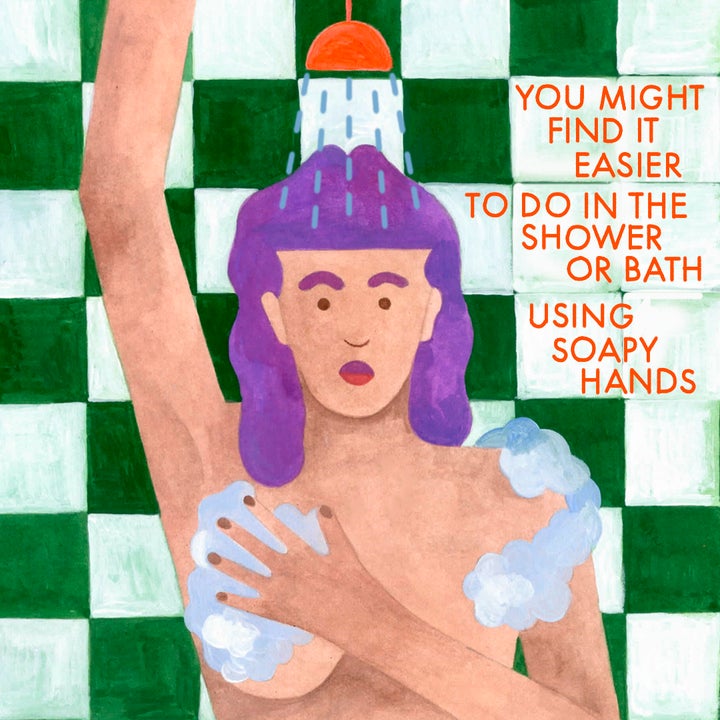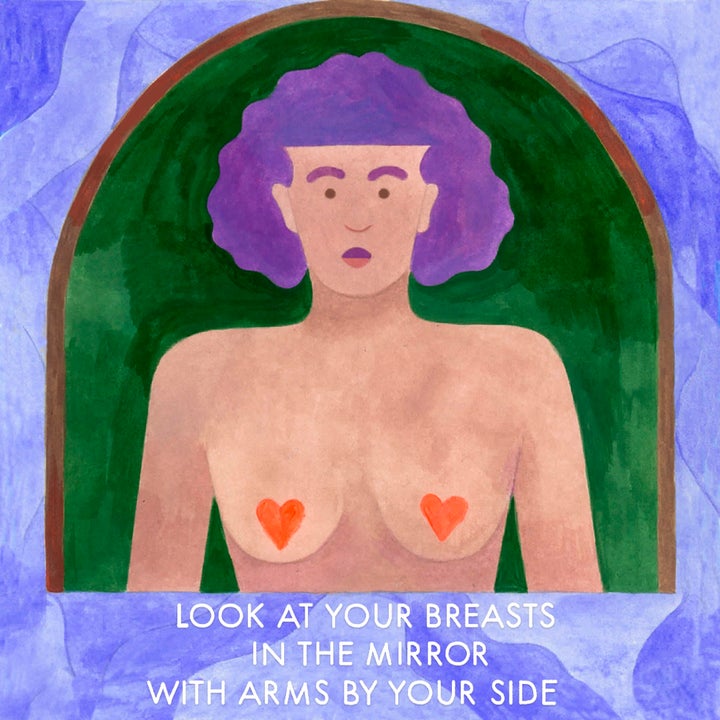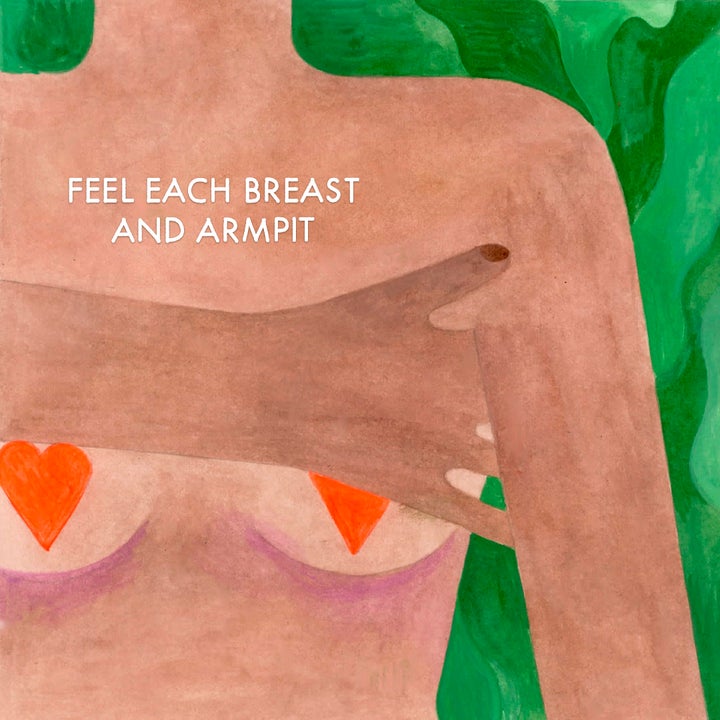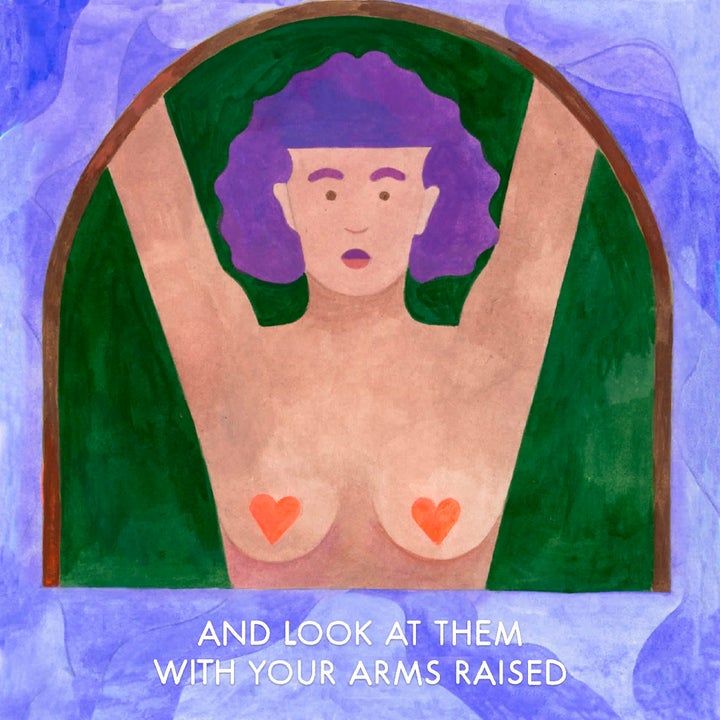How well do you think you know your boobs? When was the last time you truly checked in with them?
Experts say we’re meant to feel our breasts at least once a month and now is as good a time as any to have a feel.
Breast cancer can affect anyone with breast tissue so it is equally important for men, transgender, and non-binary people to check in with their chest too.
How to check your breasts for lumps?
First of all, get comfy.
There’s no set rules for how you do this but it can help doing it in the shower or bath with soapy hands.

You’ll also want to do your checks in front of a mirror to make sure you’re getting the best view.
The NHS recommends to first understand what ‘normal’ looks like for you so that it’s easier to spot when anything doesn’t look right.

Use your fingers to feel each breast, armpit and towards the collarbone.

Make sure to have a look and feel in different positions, with your arms down by your side, raised in the air, or lying down.
Remember, your breasts can feel different at different times of the month. The more often you self-examine, the better you’ll understand your body and how it feels.
Taking the pill or hormone-based medication, having implants, being pregnant, and breastfeeding can also affect how your breasts are feeling.

What to look for when checking your breasts
There are certain warning signals to look out for while you’re doing your self-examination.
These include:
A change in the size and shape of your boob
Changes to the look and feel of your skin (e.g. a rash, redness, dimpling)
A new lump, swelling, or bumpy area that wasn’t there before
Discharge or fluid coming from either nipple
A change in nipple position
Crusty, scaly, or itchy skin around the nipple
Discomfort or new pain in one breast, particularly if it doesn’t go away
Check with your GP
If you feel concerned about any changes to your boobs then you should look for help from a medical professional.
Women aged 50 to 70 are routinely invited to attend breast screenings which will also monitor any changes.